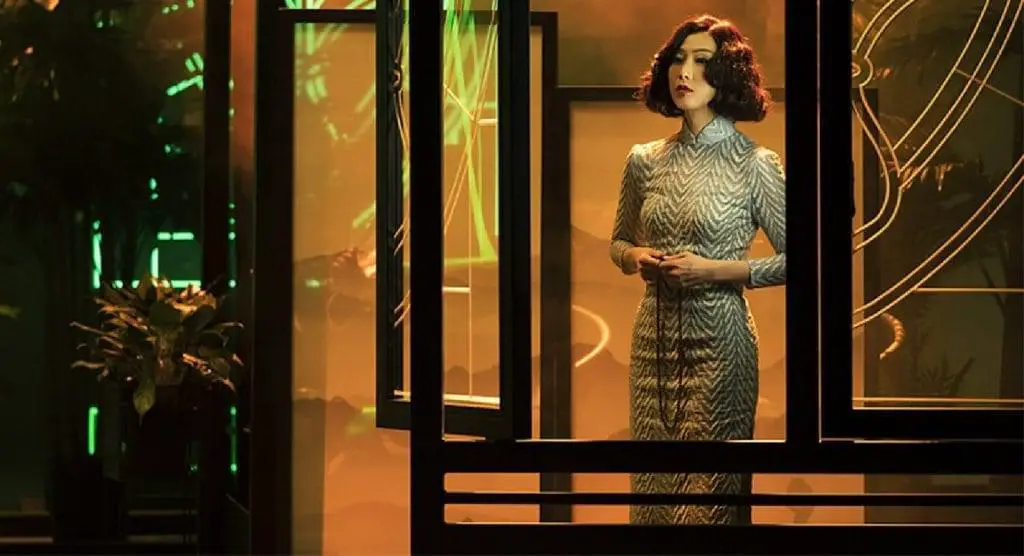
Presented in multiple sets of picture-in-picture windows, Julie Talen’s film “Pretend” gives you the feeling that you have multiple sets of eyes, and you’ll wish you had a god-like focus to keep track of all the images. “Pretend” is the story of two young sisters, parents who won’t stop arguing with each other, and a “harmless” game of make-believe. Sophie (Nora Stewart), Ellie (Danielle Freid) and their mom (Joan Jubett) and dad (Karl Herlinger) live in a small house surrounded by trees. One night, after witnessing their parents fighting, Sophie thinks up the perfect way to prevent her father from leaving. Inspired from a news story that they saw on TV earlier that day, the girls pretend that Ellie gets kidnapped.
“Pretend” touches on the way children see the world, but it’s also an examination of the cinematic apparatus. The picture-in-picture has a mosaic quality to it, but not always to fragment an individual image. Frequently, what you see on screen is comprised of various images, which in turn often differ in color, lighting, film speed, and “texture.” Talen’s incorporation of multi-screen viewing isn’t completely novel in terms of filmmaking. Ang Lee utilized it in “Hulk” (2003) to recreate the comic-book aesthetic and Mike Figgis employed it as a storytelling device in “Timecode” (2000). For Talen, it’s as if she’s stumbled upon a new toy and won’t let go of it for a moment. She experiments with colors, textures, and lighting, but she doesn’t do it haphazardly. Talen divides the screen into quadrants in order to present a substantial amount of information in a short period of time.
On a practical level, multi-angle shots leaves you with the impression that the film itself is multi-tasking. They’re good tools for capturing reaction shots, transitioning between scenes, and for emphasizing certain emotional aspects of specific moments. For example, when Ellie, Sophie, and their parents are having a meal together, one of the girls draws everyone’s attention to something outside the window. The screen is divided into four squares; an eye from each family member occupies a region. In the next shot, we see what each person sees. One of them is looking at a caterpillar on the window; another person is looking somewhere else. To maximize the effectiveness of these techniques, though, picture-in-picture should be used sparingly.
“Pretend” is somewhat of an exception. With no more than a few seconds devoted to a single image in its entirety on screen, the disorientation you experience is an intended side-effect. You may be able to see the same thing from different angles or a variety of things from several perspectives, but as the film reveals near its end, you cannot completely trust all that you see. Sophie and Ellie meant for the “kidnapping” to be a game, one that you’re not sure they win.

